After Spending 72 Hours in Sweden, I Can Confirm These 7 Brands Are the Future

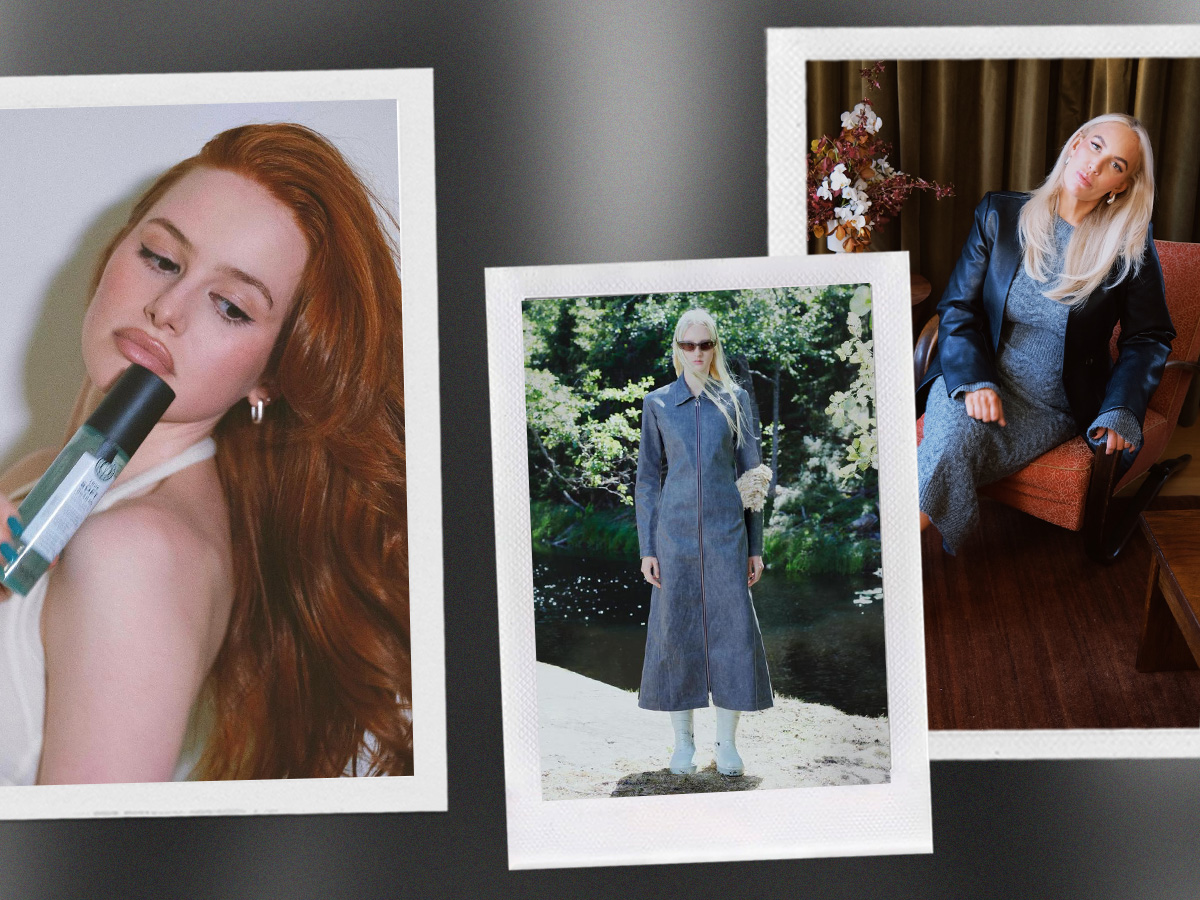
Prior to visiting Sweden last month, there were only a handful of facts I could spit back to you if asked about the Nordic country: IKEA has the best Swedish meatballs, I had a connecting layover in Stockholm when I flew to Finland when I was nine and I have a childhood obsession with Marzia Kjellberg who's married to a Swedish YouTuber who was once the most subscribed person in the world. It isn't much, but it was the honest truth: I was blissfully unaware of how deep-rooted, impressive, and downright stylish the Swedish sartorial economy is. Post-checking into the swanky Sparrow Hotel in the heart of Stockholm's luxury and creative district, I knew it would set the tone for everything to come.
After spending 72 hours in Stockholm, Gotenberg and Borås, I have to admit, my affirmation in the long-held conspiracy theory I have about the fashion industry is stronger than ever: long gone are the heritage, luxury brands that the internet is fascinated by. If you want real fashion, go farther east than Paris, London, or Milan: go to Sweden.
While Scandinavian style has been all the rage over the last few years thanks to the stylish Copenhagen crowd and the internet's love for colorful, cool places, Sweden is often left out of the conversation at large. But frankly, those in the know, know.
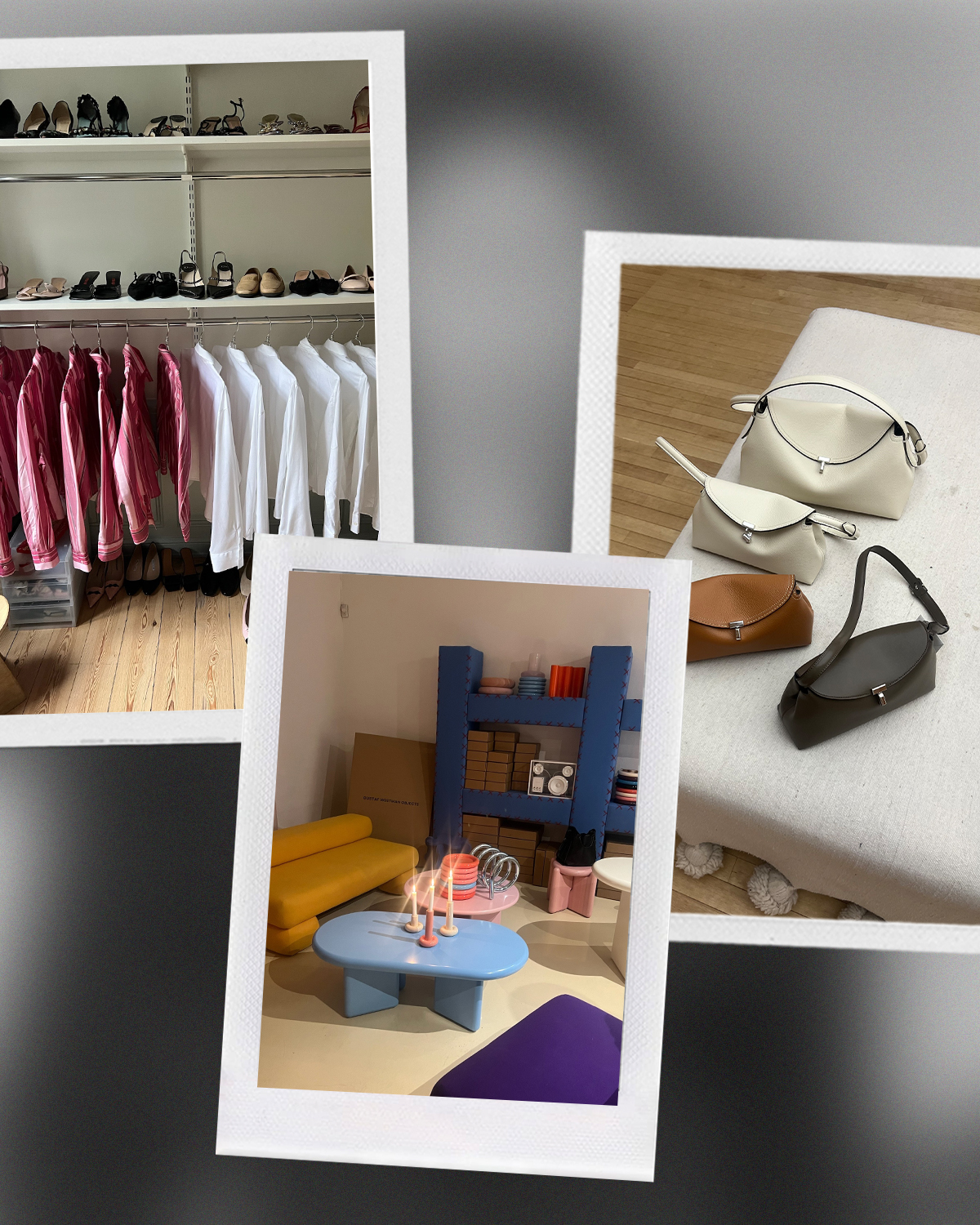
The low-key Swedish fashion is the perfect example of a blink-and-you-might-miss-it influence: H&M, COS, and & Other Stories are all part of the same Swedish conglomerate. ACNE Studios and Toteme are becoming some of the industry's largest brands in comparison to legacy maisons. Our whimsical interior design choices at the start of the pandemic were the brainchild of Gustaf Westman. And, of course, no list of famous Swedes would be complete without mentioning Matilda Djerf, the influencer and designer who has revolutionized an industry of cozy, lived-in minimalist style.
You probably already know some of the names from the list above, but those aren't the ones you need to be paying attention to. We sat down with seven Swedish founders and companies—ranging from swoon-worthy home décor brands to eco-friendly online juggernauts revolutionizing e-commerce—to figure out the big question: Why is Sweden the breeding ground for some of the most innovative companies today?
Over the course of three days, countless meetings, and hours of passionate conversation, I'm here to say that the Swedish brands rising in the ranks are poised to be some of the next to take over the Americas, just like their stylish predecessors. If you haven't heard of their names yet, you just might regret it years down the line.
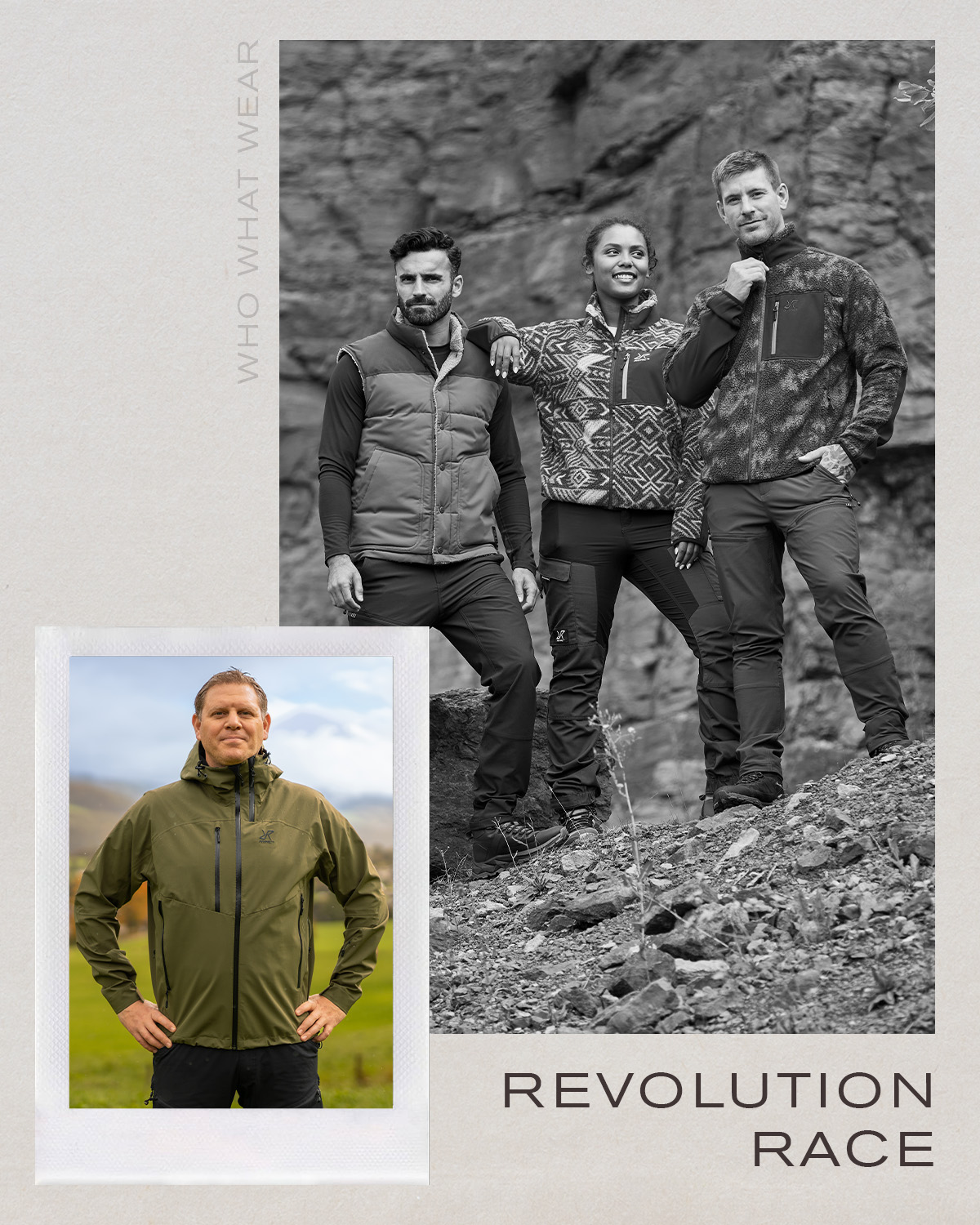
There's one thing Swedes love more than their Fika, it's being outside. While Western gorpcore and granola audiences will resonate with the outdoorsy, lived-in Scandi aesthetic, it wasn't until visiting Revolution Race's headquarters north of Stockholm where I realized how important the environment-first lifestyle impacted the majority of brands within the style economy. Revolution Race has no-doubt revolutionized the e-commerce business in its sector, up in the ranks with some of the world's largest players within the nature sphere. For CEO Paul Fischbein, though, it's all about maintaining brand ethos and customer satisfaction above all.
Tell me a bit about how you got your start in your company and business. What is your origin story? What "problem" in the market did you want to solve?
RevolutionRace was founded by Pernilla and Niclas Nyrensten who thought outdoor life should be accessible for everyone. At that time in 2013, a lot of outdoor clothing was expensive, had boring colors, and not great fits. Therefore, RevolutionRace started with exactly those three things as its mission: RevolutionRace should be colorful, great fit and at a good price point. It's what we call unmatched value.
What is one thing you wish people knew about being an entrepreneur or creative business in Sweden?
I don’t think it is different from other countries, but we do strive for really high customer satisfaction. If you look at other big successful brands from Sweden like IKEA, Volvo, or H&M, they are all very focused on the customer proposition and that’s what we think is the key.
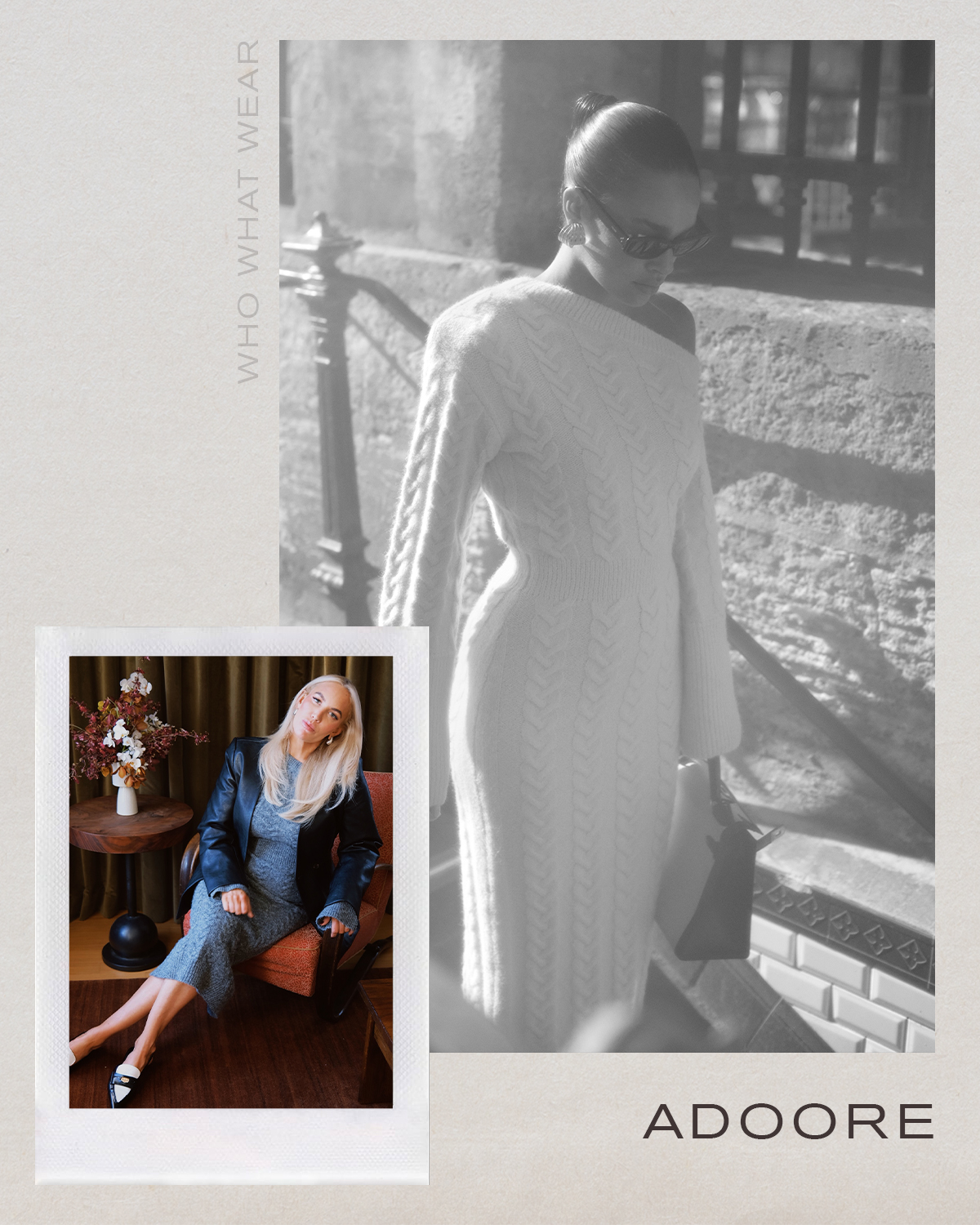
Petra Tungården playfully calls herself a fashion "dinosaur." As a tried-and-true industry veteran with over 20 years of experience working in fashion and media under her belt, it makes sense. Since 2017, Adoore has been focusing on form-fitting, cozy, chic ready-to-wear womenswear. As Tungården puts it, she set out to fix the pain point so many women often complain about: that, with a closet full of clothes, they have nothing to wear.
"For many, a staple wardrobe often leans towards minimalism, with focus on pants and shirts," Tungården told Who What Wear. "Personally, I've always favored dresses, aspiring to curate a staple wardrobe centered around them. During the summer season, Adoore is known for vibrant prints that we create in-house. Although our designs embrace color, they stay resistant to fleeting trends, always prioritizing a timeless look with the fit in focus."
For you, what is the future of fashion or of your business? Is this a dream or concept that’s just exclusive to your business in Sweden, or is it an idea you can apply as you expand?
For me, the future of fashion, and specifically our business, revolves around the concept of long-term investments that beat fleeting trends. Our unique focus on the perfect fit positions our clothing as fashion-forward without being limited to trends. That's a universal idea we aim to apply and nurture as we expand.
In Sweden, the evidence lies in the results. Our clothing from seasons past continues to hold their value, often selling for the same or even higher prices years later on the secondhand market. This is a testament to the timeless nature of our designs. Our vision is to keep creating pieces that withstand the test of time, with great fit as our main focus.
After visiting Sweden, one thing I noticed heavily was the abundance of creative vision, especially as it pertains to community. Everyone works together, knows each other, and often, invests or does collaborations with each other. Do you think this is exclusive to the creative arts, fashion, and lifestyle scene in Stockholm?
In Sweden, there's a spirit of teamwork and support within most industries. In our culture, there is a "team before me" vibe. Whether in arts, tech, public or any sector, the culture is about working closely within the industry, getting to know each other, and tackling projects together. It's really ingrained in our approach to how we do things here.
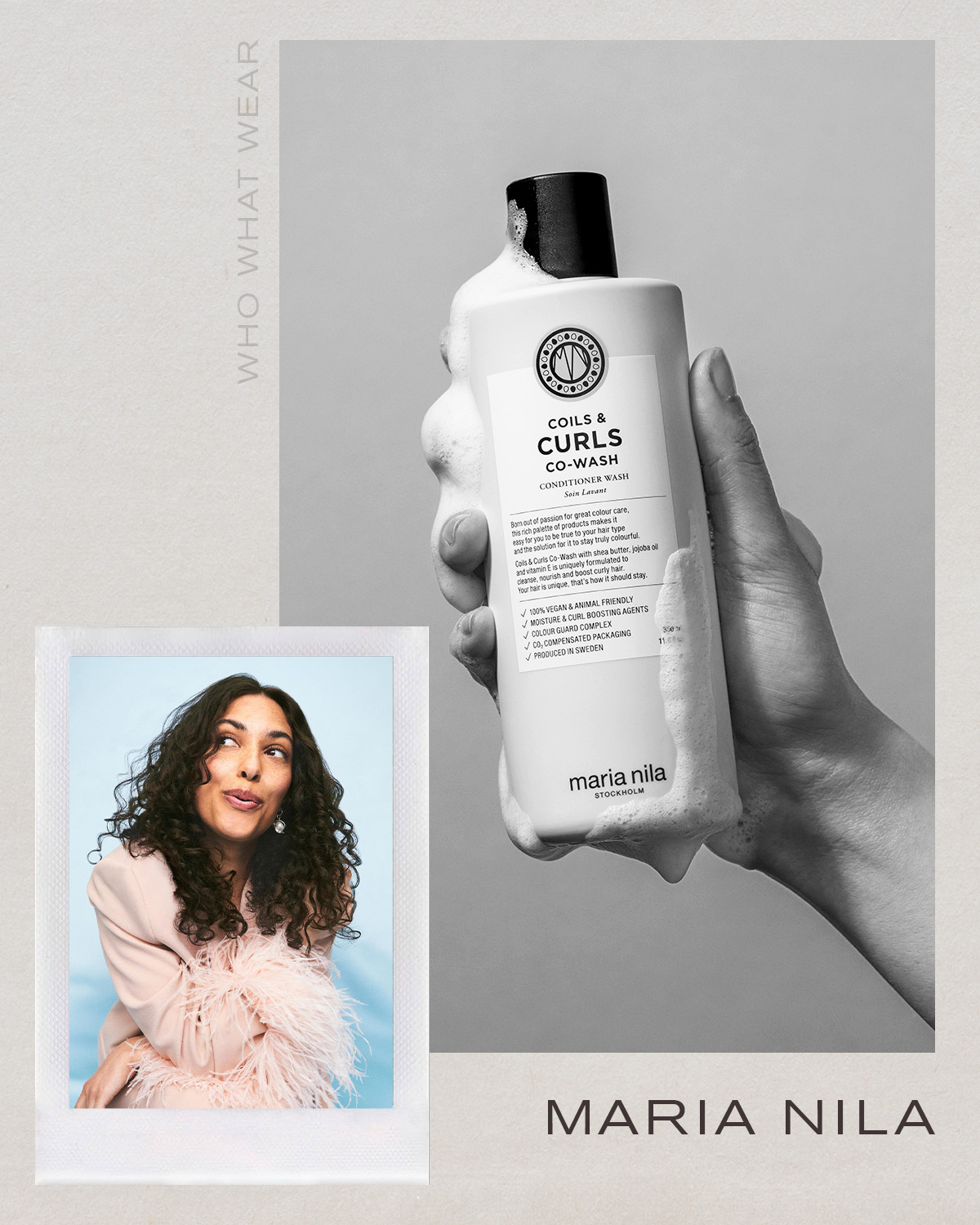
If you've ever envied Matilda Djerf's larger than life hair that's almost eclipsed her in social value, you have Stockholm-based haircare brand, Maria Nila, to thank. While the company has been around since 1999, its ethos has never been more current: cruelty-free, vegan and texture-based professional-grade products round-off its range. Plus, actress Madelaine Petsch is one of the brand's global ambassadors. What's not to like?
Tell me a bit about how you got your start in your company and business. What is your origin story? What "problem" in the market did you want to solve?
Our story begins over 100 years ago in which Maria Nila herself who was our founder, Ann’s, great grandmother. She lived up in the far northern part of Sweden, showing great respect to the animals and her surroundings. Three generations later, Maria Nila, the brand, was born, embodying the same friendly philosophy. In 1999, entrepreneurs Ann and Ulf Wikström started producing sulfate-free haircare products in their garage, pioneering a mindful approach to ingredients and environmental friendliness. Introduced to local hairdressers, the products quickly found success, marking the beginning of Maria Nila's legacy.
After visiting Sweden, one thing I noticed heavily was the abundance of creative vision, especially as it pertains to community. Everyone works together, knows each other, and often, invests or does collaborations with each other. Do you think this is exclusive to the creative arts, fashion, and lifestyle scene in Stockholm?
Sweden is a very innovative country and I think the creative mindset expands across all industries—beauty, fashion, tech, interior design etc. We have seen this entrepreneurial spirit for centuries, and living now in the U.S., you get happy to see how many fellow Swedish and Scandinavian companies that make it on an international level. It’s hard to say exactly what it is that is fostering this environment—there are probably a lot of things contributing to it, but there is a lot of initiatives in Sweden promoting innovation and entrepreneurship, which we think helps.
Also, Sweden being a small country with great entrepreneurs, problem solvers, and creators eager to get out in the world, I think you quickly realize the importance of collaboration on a higher level in order to make it on the international scene.
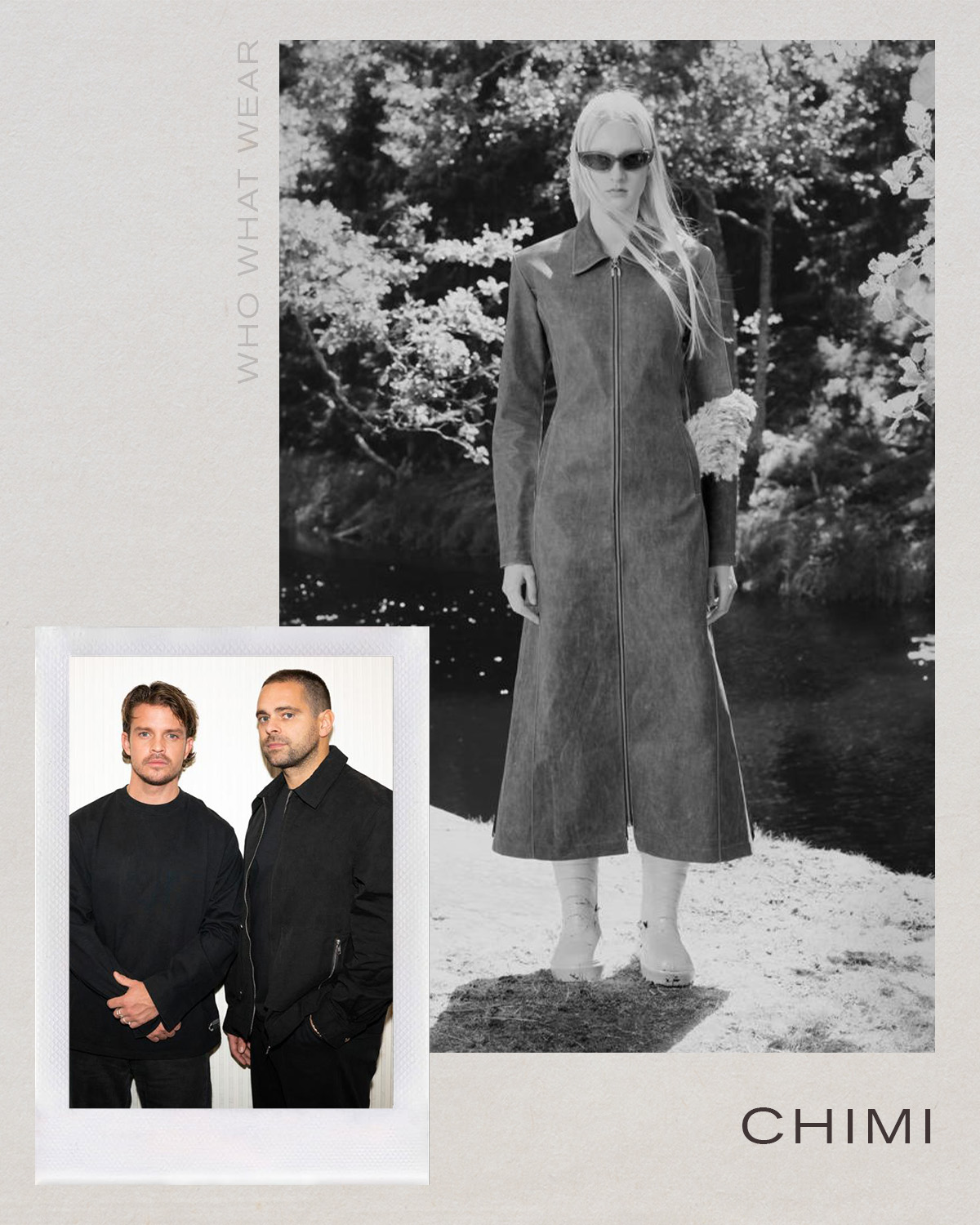
If you're remotely interested in accessories and fashion at all, you've definitely heard of Chimi. The cool kid–backed Swedish brand has to be one of the most Insta-friendly on this list, with a bevy of celebrity clients and funding, it's one of the few that's slowly entrenched major cities like New York, Paris, and Milan.
While the label's ready-to-wear line is a feast for the eyes with its futuristic, technical aesthetic, the brand shines within its celebrated eyewear line. We asked its co-founder Charlie Lindström more about the brand below.
What is one thing you wish people knew about being an entrepreneur or creative business in Sweden?
Sweden is a country with a small population, but there’s an incredible output of creativity across all domains such as fashion, music and innovation. As an entrepreneur leading a creative business, I feel fortunate to be part of this close-knit landscape where where I have easy accessibility to incredibly talented individuals who is on a similar journey.

There's nothing quite like '90s denim, according to Alexander Graah and his brother. Operating as an ode to the '90s, a nod to good style, and under the influence of long-lasting, sustainable practices of truly living in your clothing, Dr. Denim feels like a Swedish institution at this point. When I spoke to other founders about going to visit the Gotenberg-based atelier, most of them referenced their older pairs that got them through young adulthood. At the end of the day, Graah shared, that's the whole point. "Above all, we set out to make great jeans which, to us, means they last long, fit well, look good, feel great and they're good value; that's what denim is supposed to be," he explained to Who What Wear. "We started out as a humble garage operation and grew big from there, with our jeans seen on people from all walks of life, from your cool person on the street to big stages and everything in between."
For you, what is the future of fashion or of your business? Is this a dream or concept that’s just exclusive to your business in Sweden, or is it an idea you can apply as you expand?
I try to be optimistic. We're very much anti-fast fashion in how we develop our range and how we approach things, taking a fairly timeless approach and developing products which last long so they don't end up in the trash but instead have lasting value and eventually become vintage garments. I think this is something that people often overlook when talking about sustainability. Really, what does it matter if a garment is made from organic cotton if it looks terrible after three washes and you end up throwing it out? This, I hope, is something that our entire industry must strive towards. Unfortunately, there's also a bit of a race towards the bottom with "that site which shall not be named" launching 6000 new products per day and young people consuming those things as if there's no tomorrow. I hope we can inspire people in some way, however little, to think more about thoughtful consumption.
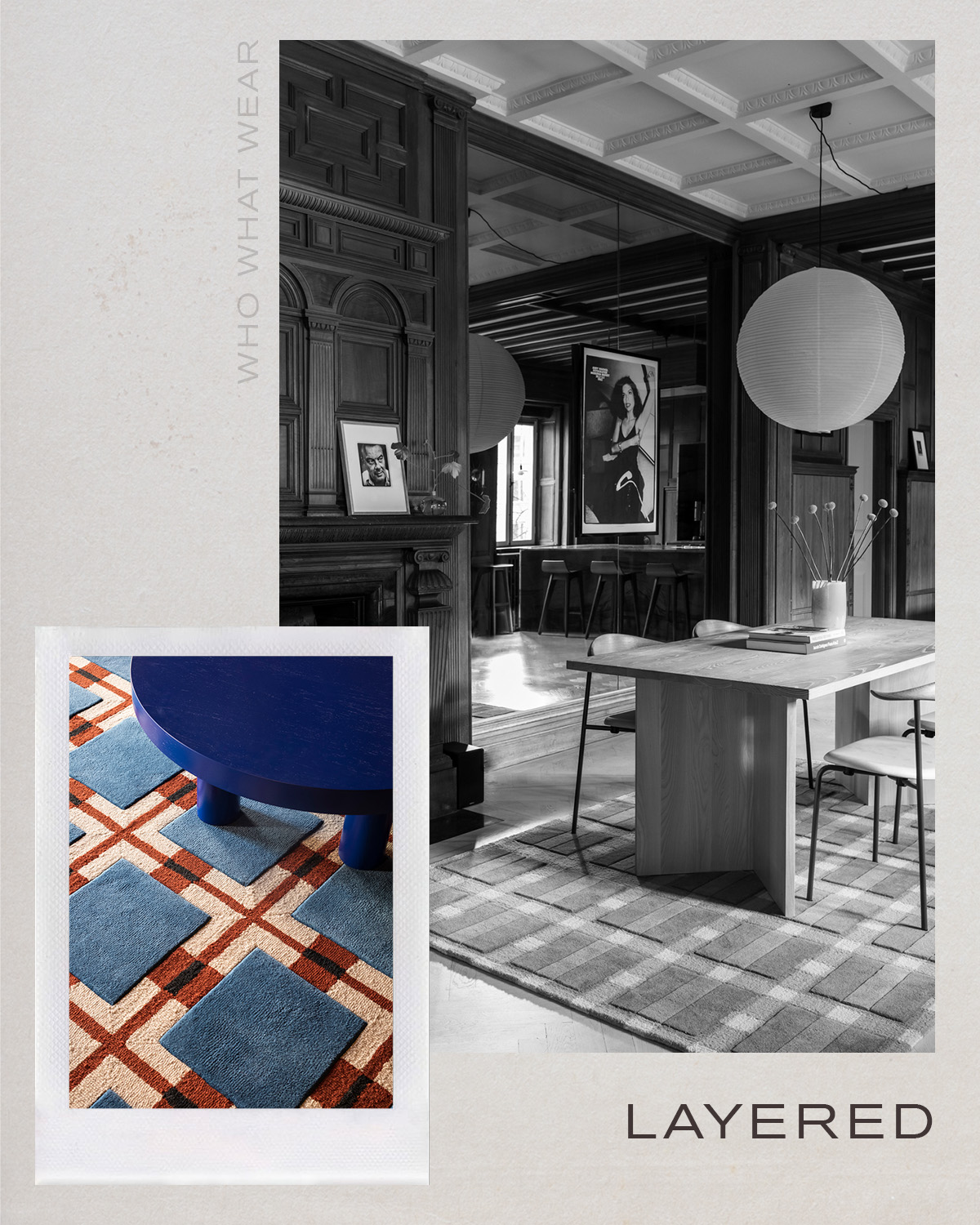
Based out of Stockholm, Layered is the culmination of all things wonderful in the Swedish interior design space. Scandi aesthetics, much like in fashion, are the talk of the town amongst fashion circles now. With some of the world's leading interior decorators and designers hailing from the nordics, it's no surprise the world of Stockholm-based interiors companies are taking off. Enter Layered: a rug and textiles company that's expanded to home-wear and furniture, much to the delight of their stylish fanbase. With a bevy of collaborations with top-notch artists and decorators from around the world, don't be shocked when you see them in the next spread of Architectural Digest. We tapped Malin Glemme, founder of Layered. See what he said to say below.
What is one thing you wish people knew about being an entrepreneur or creative business in Sweden?
Being an entrepreneur in Sweden is both easier and more challenging than one might think. It's a lifestyle, as the job almost always intertwines with my life—both the highs and lows. The advantage lies in the flexibility it offers, especially with three young children at home. Without a nanny, balancing the logistics of daily life would be challenging with a traditional job. However, the downside is that the job demands a significant amount of time and energy, especially with the responsibility of overseeing 14 employees. This leaves limited time for socializing with friends compared to those with part-time jobs as employees.
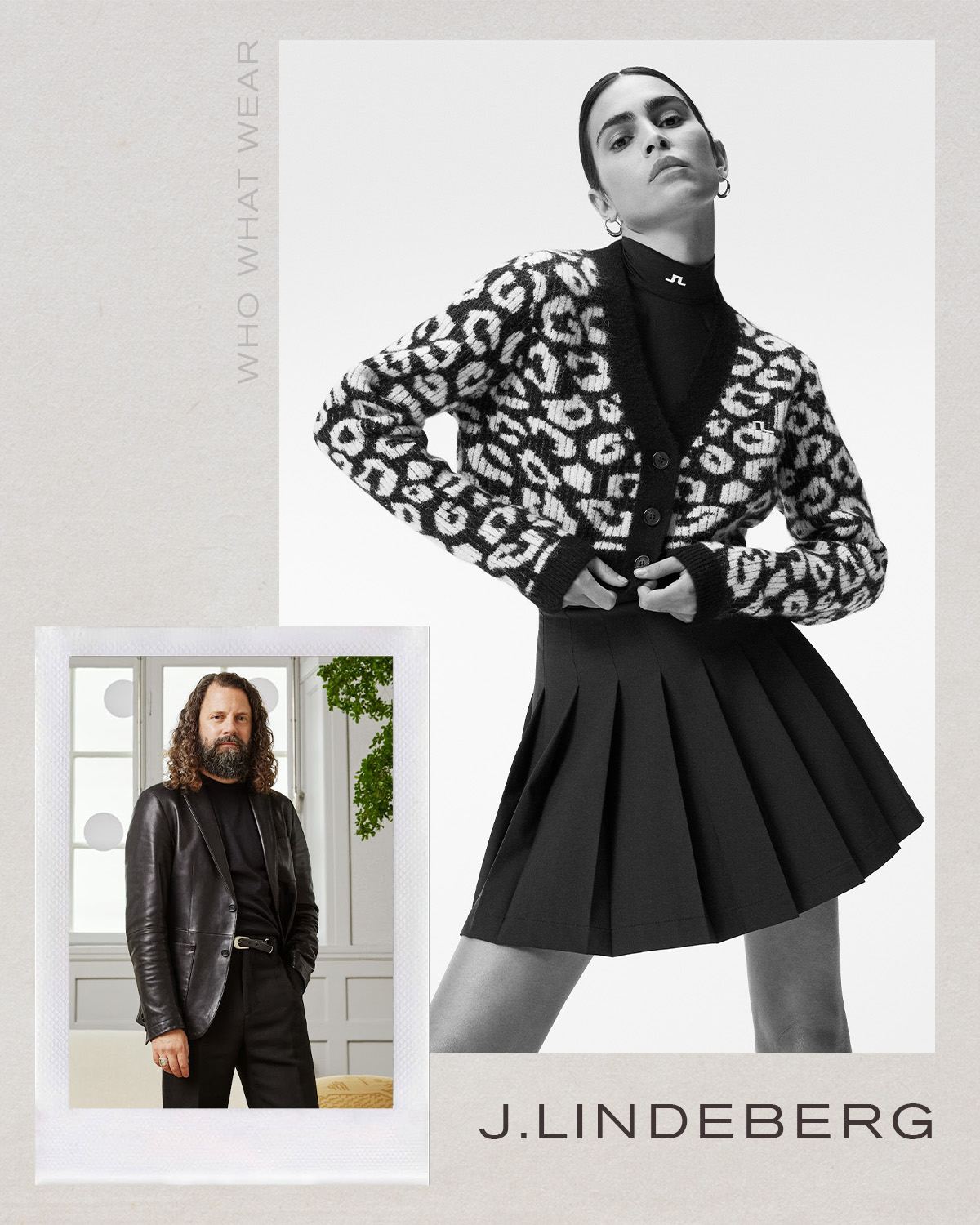
Golf isn't just for dads anymore. Since the pandemic, U.S. and Stockholm-based J.Lindeberg has been sweeping audiences with its high-performance, chic, ready-to-wear pieces. As the brand expands into the womenswear market over the next few seasons, the buttoned-up, heritage old-school athletic prep aesthetic is sure to sweep the nation even further. We spoke to Neil Lewty, chief creative officer to hear more about the brand.
For you, what is the future of fashion or of your business? Is this a dream or concept that’s just exclusive to your business in Sweden, or is it an idea you can apply as you expand?
The future of fashion is all about innovation and sustainability. For us, this means we'll continue to push boundaries, while creating high-quality designs that stand the test of time. A universal vision that we apply as we keep expanding globally is the growth of our new Clubhouse concept. With this concept, our lifestyle approach is reflected as we design and offer an experience that goes beyond traditional shopping. One example is our upcoming store that's opening in 2024 in Seoul, South Korea. This will be much more than a flagship store, it will be a place offering different activities, where you can really experience the world of J.Lindeberg on different levels.
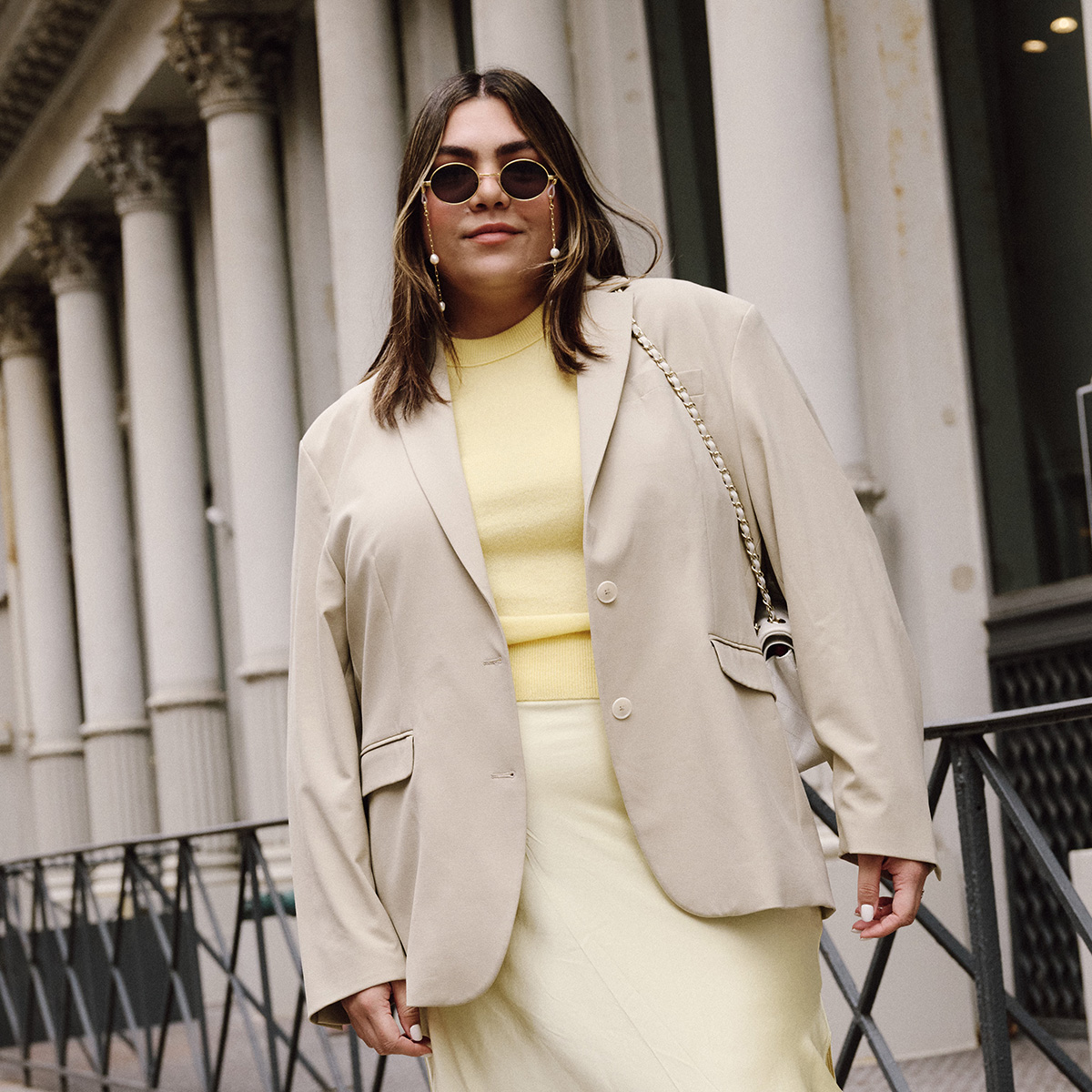
Ana Escalante is an award-winning journalist and Gen Z editor known for her sharp takes on fashion and culture. She’s covered everything from Copenhagen Fashion Week to Roe v. Wade protests as the Editorial Assistant at Glamour after earning her journalism degree at the University of Florida in 2021. At Who What Wear, Ana mixes wit with unapologetic commentary in long-form fashion and beauty content, creating pieces that resonate with a digital-first generation. If it’s smart, snarky, and unexpected, chances are her name’s on it.
-
 Coniglio Palm Beach Just Launched At Shopbop— Consider These Vacation-Ready Pieces For Your Next Getaway
Coniglio Palm Beach Just Launched At Shopbop— Consider These Vacation-Ready Pieces For Your Next GetawayYour wardrobe for your next tropical stay is here.
-
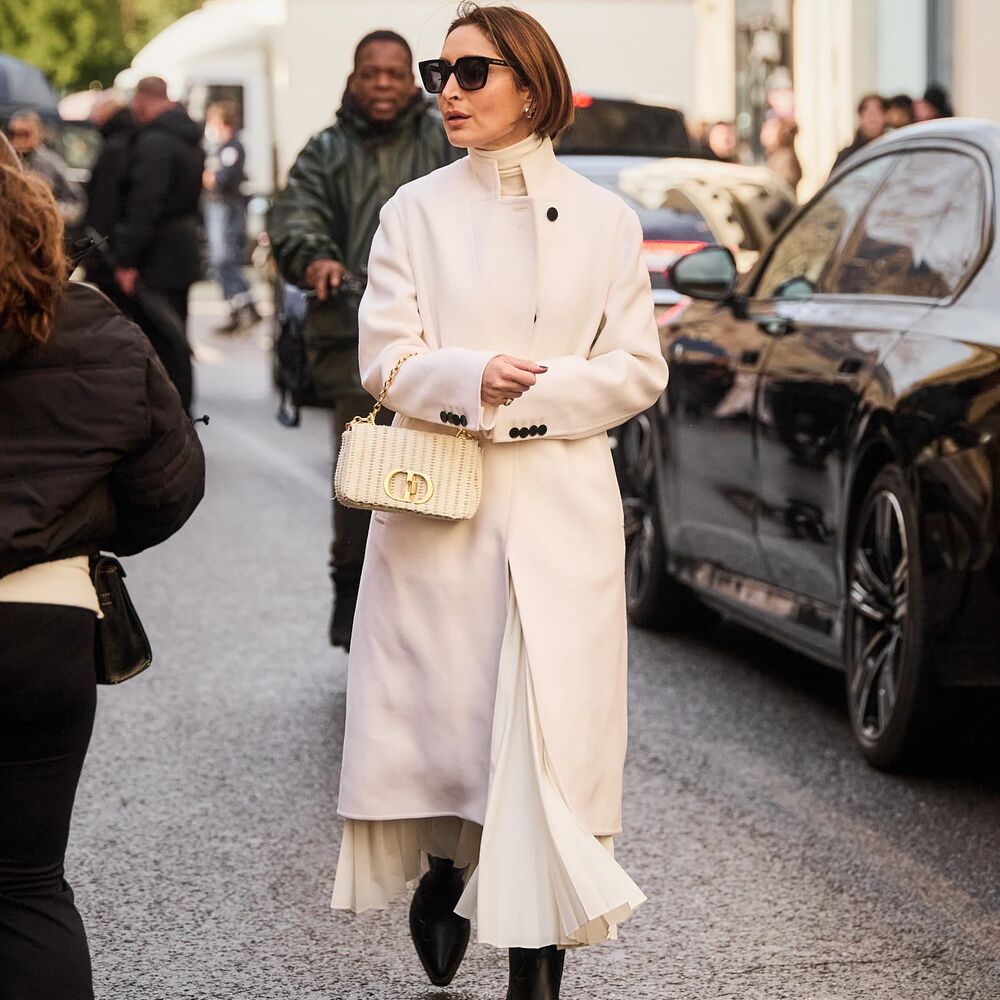 Yes, Cyber Month Is Over, But Nordstrom Just Dropped Some Sneaky New Markdowns—These 16 Are Best
Yes, Cyber Month Is Over, But Nordstrom Just Dropped Some Sneaky New Markdowns—These 16 Are BestShop these surprise deep discounts ahead of the holidays.